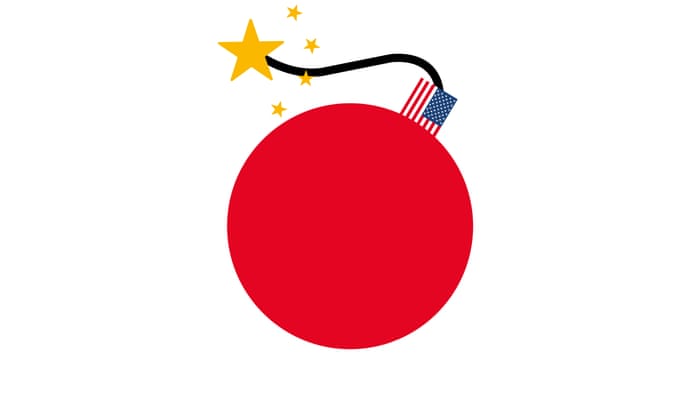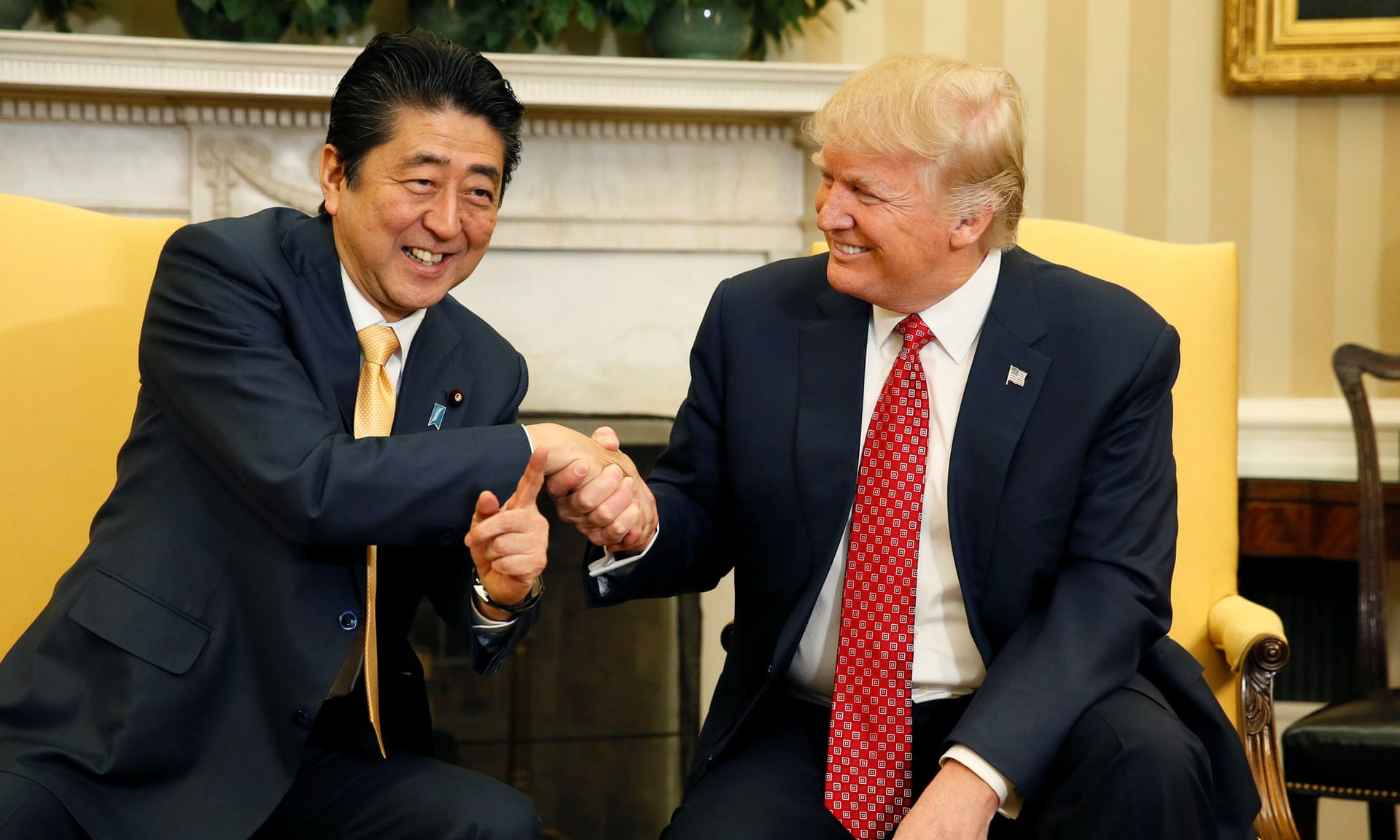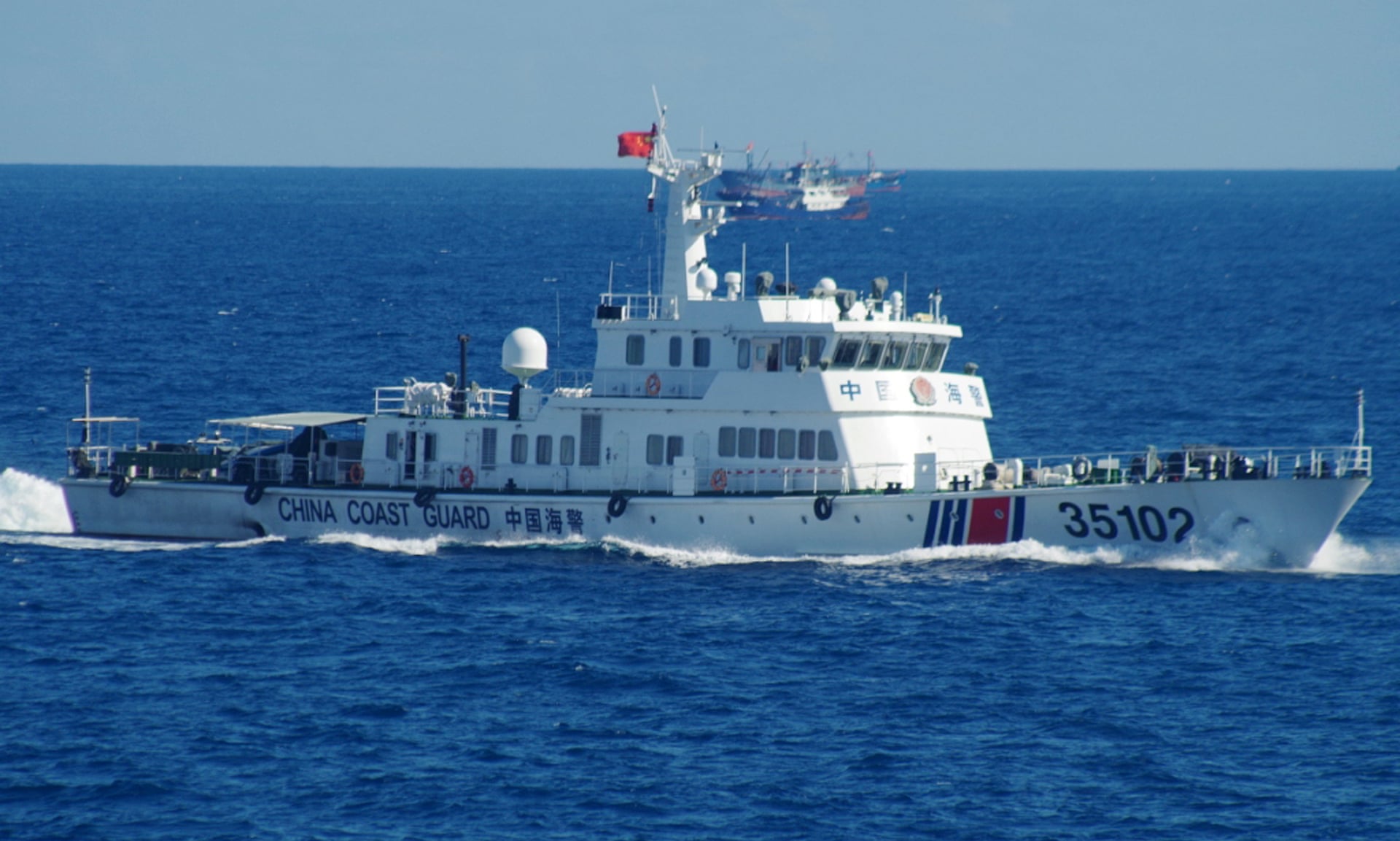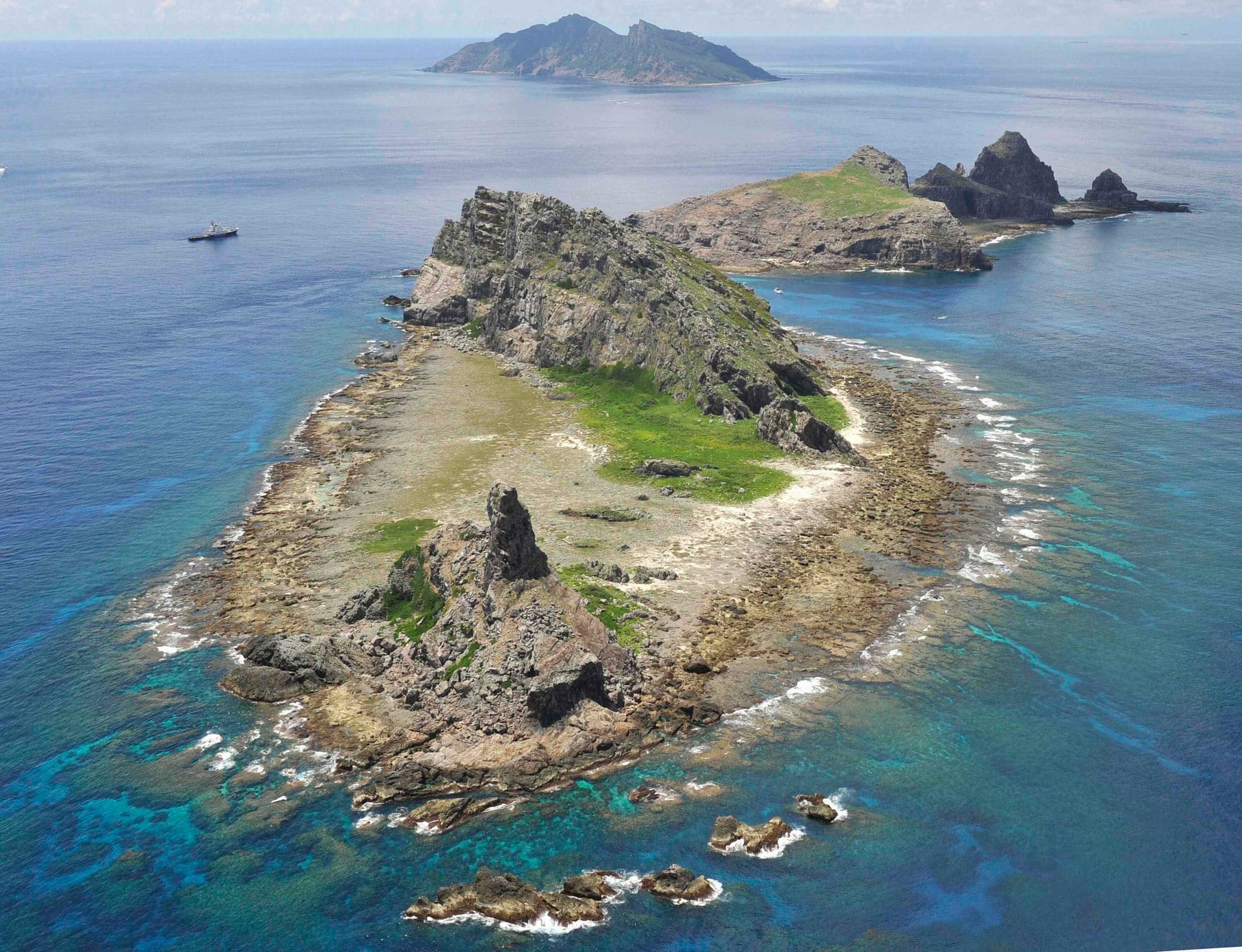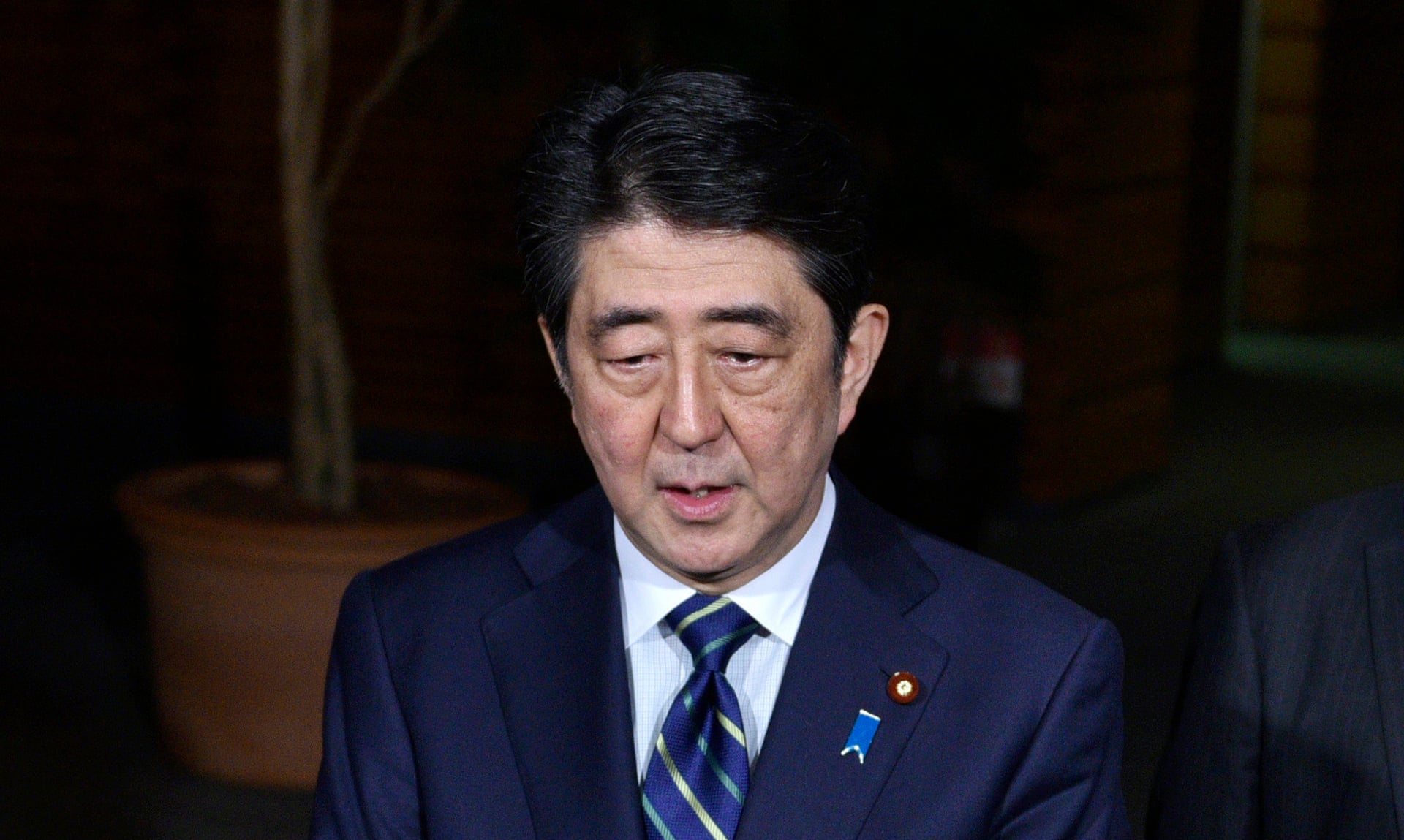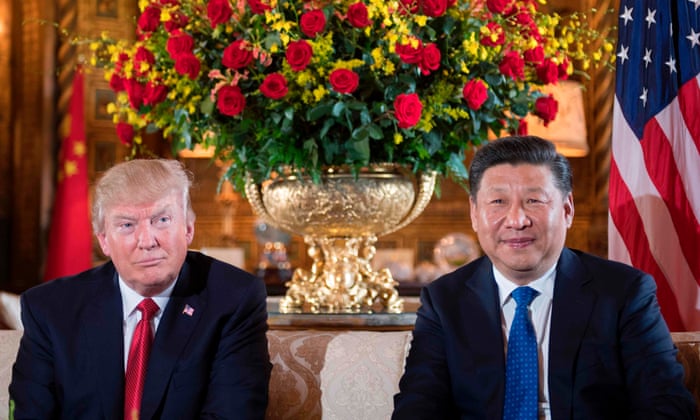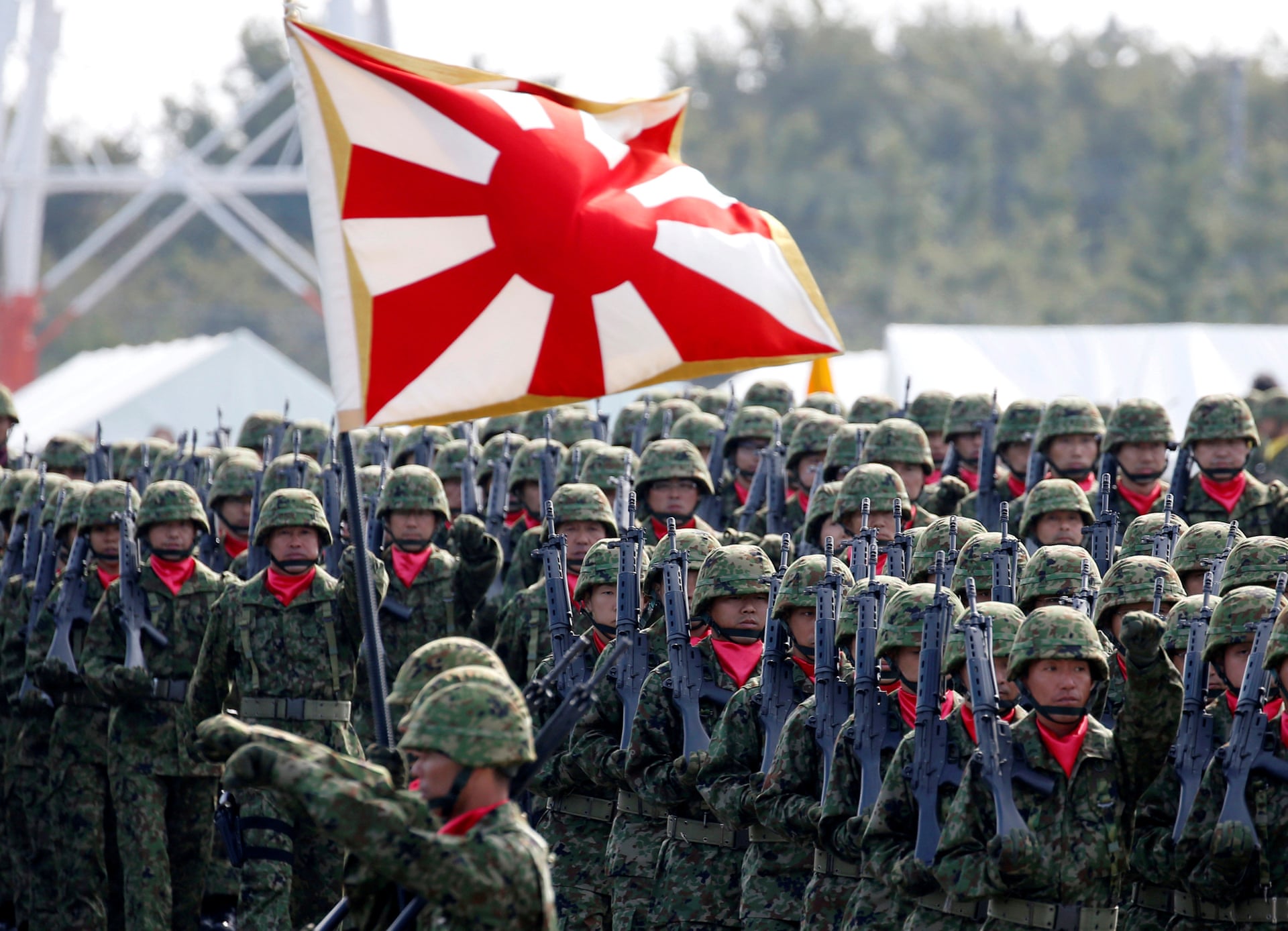By Alex Ward
/cdn.vox-cdn.com/uploads/chorus_image/image/62195237/1035996238.jpg.0.jpg) North Korean leader Kim Jong Un’s regime is clearly unhappy with the state of nuclear talks with the United States.
North Korean leader Kim Jong Un’s regime is clearly unhappy with the state of nuclear talks with the United States. President Donald Trump has taken hard-line stances against North Korea, China, and Iran — and in the last 72 hours, each country pushed back on America’s pressure campaign.
On Friday, North Korea threatened to build more nuclear weapons unless the US offers some sanctions relief.
Three days later, Chinese dictator Xi Jinping said Beijing would survive the trade war with America and continue exporting goods around the world.
North Korea says it may build new nuclear weapons
The Trump administration’s strategy toward North Korea is to impose “maximum pressure” — or, mounting economic penalties and diplomatic isolation — on Pyongyang so that it has no choice but to stop its pursuit of nuclear weapons.
Also on Monday, Iranian President Hassan Rouhani vowed to “break” Trump’s latest and greatest imposition of financial penalties.
Each country has somewhat similar reasons for their anger: The US has imposed stringent economic penalties on them to force a change in behavior.
Each country has somewhat similar reasons for their anger: The US has imposed stringent economic penalties on them to force a change in behavior.
Washington sanctioned Pyongyang to force North Koreans to dismantle their nuclear program; maintains tariffs on Chinese goods until the country opens its market to US companies; and has increased sanctions on Iran to get the country to abandon its aggressive foreign policy and pursuit of a nuclear weapon.
It’s not surprising that all three countries would bristle at America’s stances toward them.
It’s not surprising that all three countries would bristle at America’s stances toward them.
North Korea says it may build new nuclear weapons
The Trump administration’s strategy toward North Korea is to impose “maximum pressure” — or, mounting economic penalties and diplomatic isolation — on Pyongyang so that it has no choice but to stop its pursuit of nuclear weapons.
The strategy has led to a sharp decline in North Korea’s economy, including a drop-off in its ability to export top goods like seafood products and iron.
But North Korea says it first wants to end hostilities between the two countries, mainly through a “peace declaration.”
But North Korea says it first wants to end hostilities between the two countries, mainly through a “peace declaration.”
That document would be symbolic, as both sides would agree to no longer fight each other in the Korean War that ended in an armistice, not a peace treaty.
Pyongyang claims that declaration would make it feel safer and may therefore dismantle its nuclear arsenal down the line.
The two sides are extremely far apart, making it much harder to reach a compromise, Harry Kazianis, a North Korea expert at the Center for the National Interest, told me.
Still, President Trump promised North Korean leader Kim Jong Un he’d sign the peace declaration during their Singapore summit last June.
The two sides are extremely far apart, making it much harder to reach a compromise, Harry Kazianis, a North Korea expert at the Center for the National Interest, told me.
Still, President Trump promised North Korean leader Kim Jong Un he’d sign the peace declaration during their Singapore summit last June.
The problem is there’s been very little progress, which has locked Washington and Pyongyang in a diplomatic stalemate while sanctions continue to cripple North Korea’s economy.
North Korea is angry about that; a top official put out a scathing statement on Friday letting the US know it.
“The U.S. thinks that its oft-repeated ‘sanctions and pressure’ lead to ‘denuclearization.’ We cannot help laughing at such a foolish idea,” Kwon Jong Gun, a top North Korean diplomat focused on American relations, wrote in the state-run Korean Central News Agency on Friday.
North Korea is angry about that; a top official put out a scathing statement on Friday letting the US know it.
“The U.S. thinks that its oft-repeated ‘sanctions and pressure’ lead to ‘denuclearization.’ We cannot help laughing at such a foolish idea,” Kwon Jong Gun, a top North Korean diplomat focused on American relations, wrote in the state-run Korean Central News Agency on Friday.
“If the U.S. keep behaving arrogant without showing any change in its stand,” Pyongyang could start “building up nuclear forces.”
US intelligence, however, shows that North Korea is still making more bombs, but aims to hide that from the US and the international community.
Now Pyongyang wants to let the Trump administration know the window for denuclearization is closing.
Secretary of State Mike Pompeo responded to the statement on “Fox News Sunday.”
“We’ve seen this as we go through negotiations. Stray voltage happens to be all around us,” he told anchor Chris Wallace.
Secretary of State Mike Pompeo responded to the statement on “Fox News Sunday.”
“We’ve seen this as we go through negotiations. Stray voltage happens to be all around us,” he told anchor Chris Wallace.
“We know with whom we’re negotiating. We know what their positions are. And President Trump’s made his position very clear, no economic relief until we have achieved our ultimate objective.”
Pompeo will meet with Kim Yong Chol, arguably the second-most powerful person in North Korea, later this week for another round of talks.
Robert Carlin, a leading North Korea expert at the Stimson Center think tank, noted in the Koreas-focused 38 North website on Monday that Kwon had omitted any reference to Trump.
Pompeo will meet with Kim Yong Chol, arguably the second-most powerful person in North Korea, later this week for another round of talks.
Robert Carlin, a leading North Korea expert at the Stimson Center think tank, noted in the Koreas-focused 38 North website on Monday that Kwon had omitted any reference to Trump.
That indicates “the overall tone in Kwon’s piece was not so much of confrontation but of ridicule about the US position,” Carlin wrote.
“I am worried that the detente of the last few months could be in serious trouble,” Kazianis said.
China is angry with the US over the trade war
President Trump has placed around $250 billion in tariffs on Chinese goods — about half the total worth of goods the US imports from China — this year in his escalating trade war.
Iran says it will “break” US sanctions
At midnight on Monday, the Trump administration reimposed sanctions on Iran that were lifted once the 2015 Iran nuclear deal was in place.
China is angry with the US over the trade war
President Trump has placed around $250 billion in tariffs on Chinese goods — about half the total worth of goods the US imports from China — this year in his escalating trade war.
It’s part of a strategy to force Beijing to let American companies freely sell to the country’s consumers, compel it to stop stealing the intellectual property of US businesses, and cripple China’s economy in the process.
That, naturally, has rankled Xi, China’s increasingly authoritarian leader.
That, naturally, has rankled Xi, China’s increasingly authoritarian leader.
During a Monday speech intended to kick off the China International Import Expo, Xi took thinly veiled shots at the US — and President Trump specifically without saying his name.
People who dislike China’s economic practices “should not just point fingers at others to gloss over their own problems,” he told the audience.
People who dislike China’s economic practices “should not just point fingers at others to gloss over their own problems,” he told the audience.
“They should not hold a flashlight that only exposes others while doing nothing themselves.”
He did promise to cut import taxes and export around $30 trillion in products and services over the next decade and a half.
He did promise to cut import taxes and export around $30 trillion in products and services over the next decade and a half.
But he also made sure to note that China would survive mounting economic pressure from the United States.
“Great winds and storms may upset a pond, but not an ocean,” Xi said.
“Great winds and storms may upset a pond, but not an ocean,” Xi said.
“After 5,000 years of trials and tribulations, China is still here. Looking ahead, China will be here to stay.”
It’s quite a defiant message, and it comes at a particularly tense time.
Washington-Beijing relations have soured recently as the US rejects any talks with China to end the trade war, hoping the standoff will compel the country to cave to American demands.
What’s more, President Trump and Xi plan to meet during the G20 summit later this month, and it’s possible that Xi’s speech could make that meeting a bit awkward.
It also behooves both leaders to end the spat soon.
It also behooves both leaders to end the spat soon.
Last month, the International Monetary Fund (IMF) — a world body that helps keep the global economy stable — released a major report that projected the world’s economy will grow by 3.7 percent this year, which is 0.2 points lower than they had estimated in April.
That’s the same rate of growth as in 2017, but the trade war is a major reason for the slight dip in expectations.
The IMF also noted that the trade war could curb China’s economic growth by about 2 percent over the next two years.
The IMF also noted that the trade war could curb China’s economic growth by about 2 percent over the next two years.
If true, it would be a major blow to China’s economy, which prioritizes continued growth above all else.
It’s no wonder, then, that Xi is upset.
It’s no wonder, then, that Xi is upset.
Iran says it will “break” US sanctions
At midnight on Monday, the Trump administration reimposed sanctions on Iran that were lifted once the 2015 Iran nuclear deal was in place.
The goal, as the administration said, is to force Tehran to stop funding proxies in the Middle East, supporting Syrian leader Bashar al-Assad, stealing money from regular Iranians, and improving its nuclear program.
In effect, the US wants Iran to change everything about itself — or else.
Iranian leaders, and especially President Hassan Rouhani, have shown their displeasure with the Trump administration’s decision.
“We will proudly break the sanctions,” Rouhani said during a meeting of Iranian economic officials on Monday.
In effect, the US wants Iran to change everything about itself — or else.
Iranian leaders, and especially President Hassan Rouhani, have shown their displeasure with the Trump administration’s decision.
“We will proudly break the sanctions,” Rouhani said during a meeting of Iranian economic officials on Monday.
That may be tough, as the US just placed penalties on more than 700 people, organizations, and vessels — mainly targeting the country’s oil, banking, and shipping industries — stopping them from accessing the international banking network and the US market.
Rouhani remains defiant despite the economic stranglehold.
Rouhani remains defiant despite the economic stranglehold.
“We have to make Americans understand that they cannot talk to the great Iranian nation with the language of pressure and sanctions,” he said during a televised address.
While the sanctions are meant to hurt the regime — and could do so — they currently impact regular Iranians the most.
While the sanctions are meant to hurt the regime — and could do so — they currently impact regular Iranians the most.
In October, a top UN court ruled that the US had to ease its sanctions on Iran for humanitarian reasons.
Specifically, the US was told it could not restrict exports to Iran of food, medicine, and other items because it threatened the lives of ordinary citizens there.
It’s unclear if the pressure on the Iranian people could lead to a revolt that would eventually topple the regime, but it seems that’s what the US administration wants.
It’s unclear if the pressure on the Iranian people could lead to a revolt that would eventually topple the regime, but it seems that’s what the US administration wants.
John Bolton advocated as much before he joined the administration as national security adviser, although officials deny regime change is the goal.





